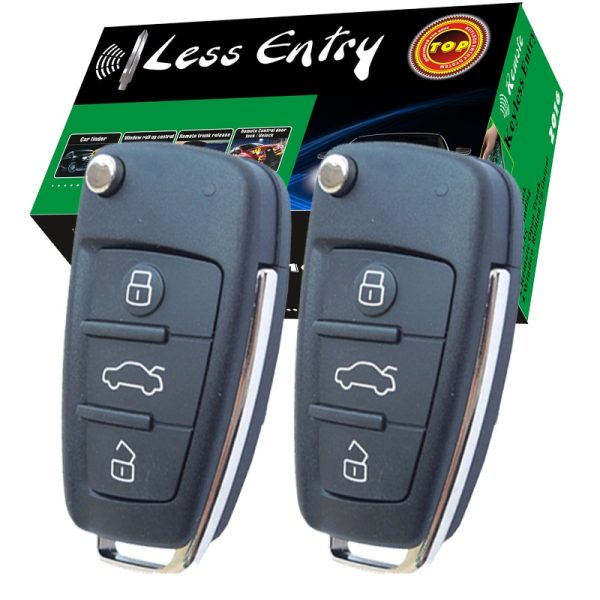Motorcycle inspection in front of school
When you return from vacation, your motorcycle deserves a little inspection because summer conditions are not always easy for mechanics (heat and dust). A little overview of levels and cleaning, possibly a change of engine oil, all keep assets in their game of reliability and durability.
1. Clean and lubricate the chain.
On holidays, the transmission chain works more in dust than rain. But this dust mixes with the chain lubricant. It would be even worse if you were on a sandy area. To ensure its longevity, it is helpful to pre-clean before relubrication. Dust / sand / grease mixture is more abrasive than grease. Use a chain cleaner (with a built-in brush) or, if this fails, a cloth soaked in a solvent that will not damage the O-rings, such as White Spirite or Vaseline. Then lubricate liberally, insisting on hard points where the two links are difficult to turn each other.
2. Complete the expansion tank.
High summer temperatures cause an inevitable drop in the level of the expansion tank, the liquid supply for the cooling circuit. If you have not observed this level during the trip, it should be filled with coolant. The radiator cap never opens. If the container is empty due to carelessness, there may be a lack of fluid in the radiator. It is enough to assemble the vase, the radiator in it will be used automatically. After that, you must keep an eye on the level of the vase.
3. Don't forget the classic drums.
High ambient temperatures and long kilometers on a full charge will reduce the electrolyte level in the battery, with the exception of "maintenance-free" batteries, the covers of which are sealed and cannot be opened. The level of a conventional battery is visible through transparent walls, as opposed to "maintenance-free", which are opaque. Remove the filler caps, top up (preferably with demineralized water) to the specified maximum level.
4. Check the air filter.
Working in dry and dusty environments will fill the air filter. Its role is precisely to trap these undesirable particles for the health of the engine, in particular sea sand, when it is lifted by the wind or other vehicles. But you must clear his "bronchi" so that your motorcycle
breathe well. With the foam filter, disassemble and clean with solvent. With a paper filter (much more common), if you don't have compressed air on hand to remove dirt, a powerful enough household vacuum will do an excellent job of removing it from the air intake side.
5. Drain the water, even beforehand
Does your engine use slightly more oil than usual? This increase is normal and almost systematic for an air-cooled engine with intense heat. The higher the operating temperature, the lower the oil resistance, it passes more easily into the combustion chamber and burns there. With liquid cooling, the temperature is controlled there. Air or water cooled engine, if the previous oil change was not recent, the grease that starts to age loses its durability and degrades faster (except for 100% synthetic oil). Feel free to change the oil a little earlier than expected, depending on the kilometers traveled. Then you will notice that the consumption has decreased, and the new oil has all the necessary qualities.
6. Check the brake pads.
On vacation routes, which are often carried with luggage and fumes, the brake pads inevitably wear out. It is better to check the remaining thickness of the pads of these pads. You have to think about it because thin platelets gradually lose their effectiveness and it is difficult to feel it over time. Remove their plastic cover from the caliper or use a flashlight to check their thickness. There must be at least 1 mm of packaging remaining.
7. Inspect and clean the plug.
The fork tubes are often protected with plastic to keep out gravel and insects that bump into them. Check where your tubes are, as gnats and mosquitoes dry out and harden on those tubes. Doing so can cause the fork oil seals to malfunction, damage them and cause oil to leak from the fork. These soils are sometimes very difficult to remove. Use a sponge with a scraper on the back. It is unlikely to damage very hard chrome and will definitely clean up.
Article published in Motorcycle overview Number 3821
